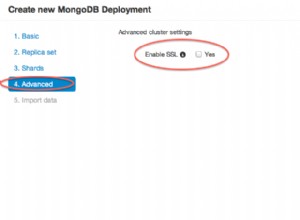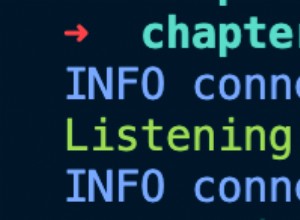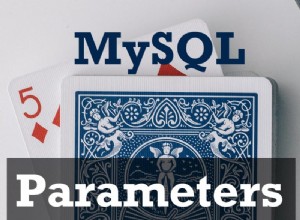Data la seguente tabella di test (che avresti dovuto fornire):
CREATE TEMP TABLE transaction (buyer_id int, tstamp timestamp);
INSERT INTO transaction VALUES
(1,'2012-01-03 20:00')
,(1,'2012-01-05 20:00')
,(1,'2012-01-07 20:00') -- multiple transactions this month
,(1,'2012-02-03 20:00') -- next month
,(1,'2012-03-05 20:00') -- next month
,(2,'2012-01-07 20:00')
,(2,'2012-03-07 20:00') -- not next month
,(3,'2012-01-07 20:00') -- just once
,(4,'2012-02-07 20:00'); -- just once
Tabella auth_user non è rilevante per il problema.
Utilizzo di tstamp come nome di colonna poiché non utilizzo i tipi di base come identificatori.
Userò la funzione finestra lag()
per identificare gli acquirenti ripetuti. Per farla breve, combino le funzioni di aggregazione e finestra in un unico livello di query. Tieni presente che le funzioni della finestra vengono applicate dopo funzioni aggregate.
WITH t AS (
SELECT buyer_id
,date_trunc('month', tstamp) AS month
,count(*) AS item_transactions
,lag(date_trunc('month', tstamp)) OVER (PARTITION BY buyer_id
ORDER BY date_trunc('month', tstamp))
= date_trunc('month', tstamp) - interval '1 month'
OR NULL AS repeat_transaction
FROM transaction
WHERE tstamp >= '2012-01-01'::date
AND tstamp < '2012-05-01'::date -- time range of interest.
GROUP BY 1, 2
)
SELECT month
,sum(item_transactions) AS num_trans
,count(*) AS num_buyers
,count(repeat_transaction) AS repeat_buyers
,round(
CASE WHEN sum(item_transactions) > 0
THEN count(repeat_transaction) / sum(item_transactions) * 100
ELSE 0
END, 2) AS buyer_retention
FROM t
GROUP BY 1
ORDER BY 1;
Risultato:
month | num_trans | num_buyers | repeat_buyers | buyer_retention_pct
---------+-----------+------------+---------------+--------------------
2012-01 | 5 | 3 | 0 | 0.00
2012-02 | 2 | 2 | 1 | 50.00
2012-03 | 2 | 2 | 1 | 50.00
Ho esteso la tua domanda per fornire la differenza tra il numero di transazioni e il numero di acquirenti.
Il OR NULL per repeat_transaction serve per convertire FALSE a NULL , quindi quei valori non vengono conteggiati da count() nel passaggio successivo.




